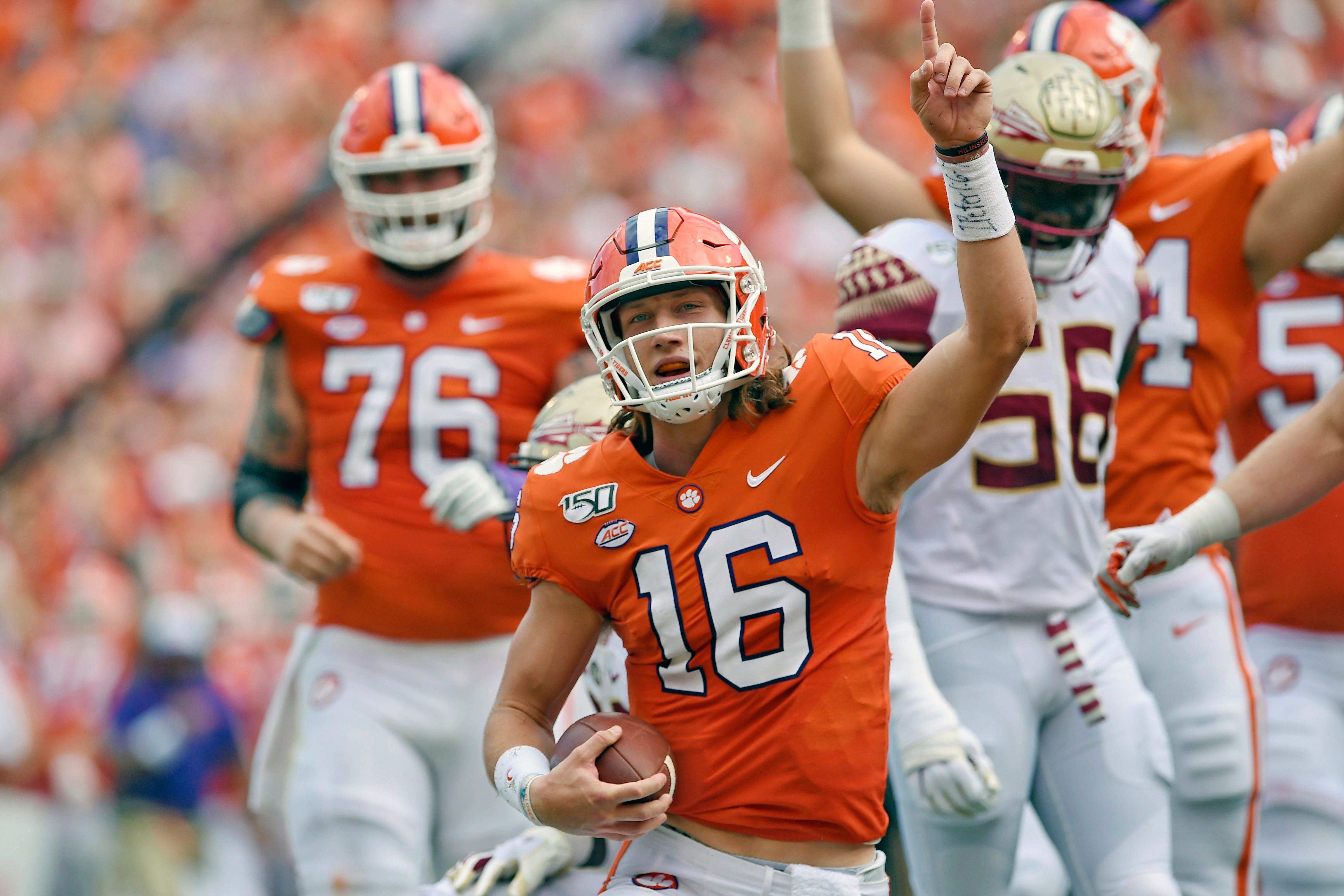Having Big 12 football players on field for national anthem this season is being discussed

College football teams traditionally have remained in the locker rooms during the playing of the national anthem, primarily because marching bands are on the field.
But Big 12 commissioner Bob Bowlsby said Monday that having players on the field this season is an “ongoing topic. This year will be a little different, because on an institution-by-institution basis, we’ll be making decisions based on how the anthem is performed. There’s a fair amount of institutional latitude.”
The NFL and the NBA have been embroiled in controversy as players have knelt during “The Star-Spangled Banner,” to protest social justice abuses. College football largely has avoided such controversy. Big 12 athletic directors meet Tuesday, and Bowlsby said the topic likely would be discussed.
In a game at Texas-El Paso last Saturday, Stephen F. Austin players took a knee with a raised fist after the Lumberjacks scored a touchdown. Stephen F. Austin was penalized for delay of game.
“It’s intended there’s some latitude on a local basis, and we have the expectation there will be representations of feelings of student-athletes in a variety of ways,” Bowlsby said. “Within some latitude, we encourage those things and want to make sure student-athletes can find their voice and use their voice, yet we also have to manage it so there are not significant disruptions to the contest as well.”
Big 12 teams will implement an anti-racism, anti-hate campaign this season, Bowlsby said. The program will include a patch with social-justice messages on most uniforms and a black Big 12/unity sticker on the back of helmets.
The patches are subject to university approval. Bowlsby said there are also 30-second and 60-second television spots the conference will use during Big 12 telecasts.
He said the conference will continue to support voter registration programs and an internship program for people of color. Bowlsby said some of racial justice “intersects with the athletic environment” and some of it uses athletics as a “really good platform.”
Bowlsby added that athletes “have found their voice. I hope it doesn’t end. To find their voice and have their voice listened to. That’s really the essence of our campaign. ‘You see me one way on the field and you see me one way off the field.’"